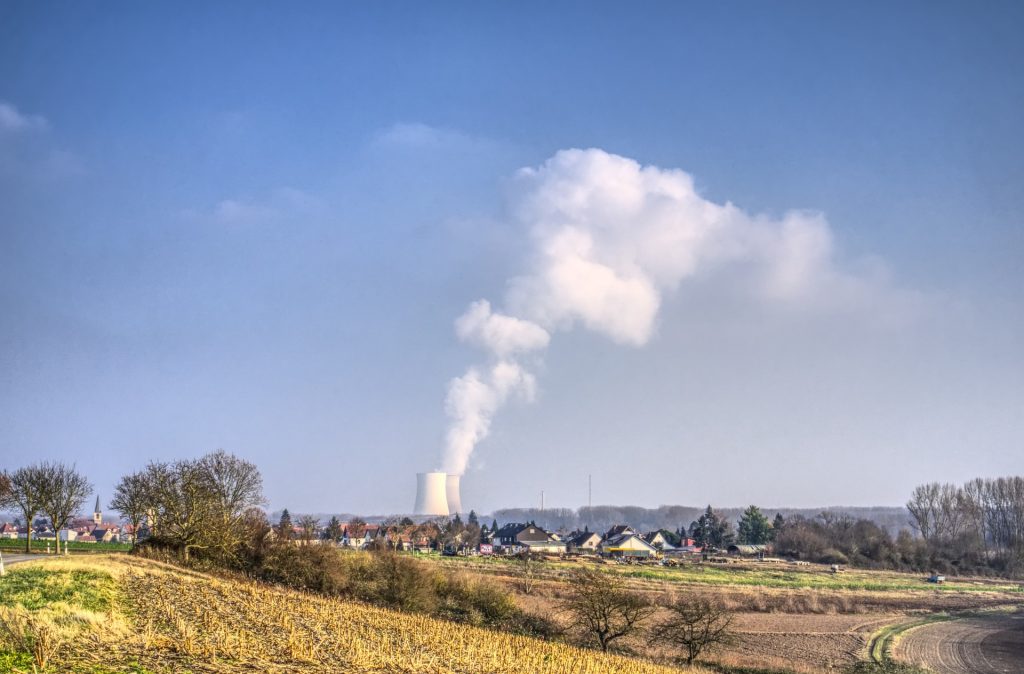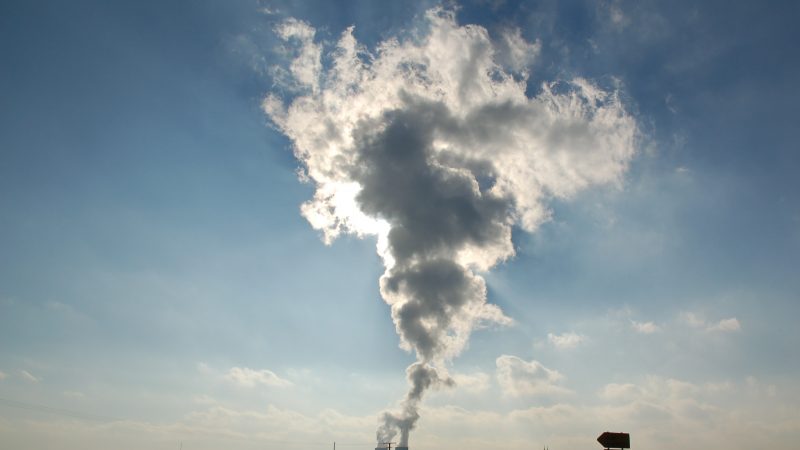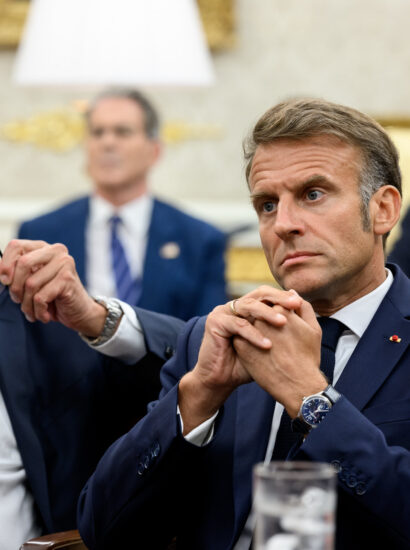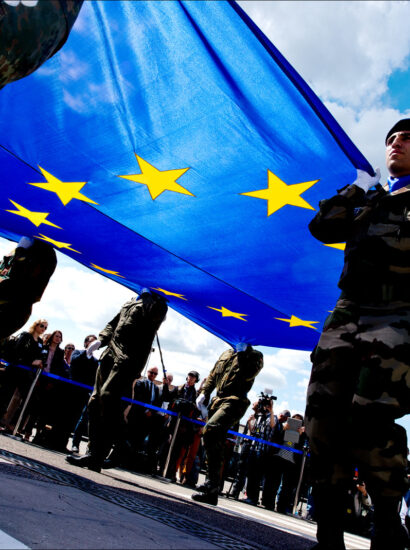Is Germany indeed the green champion of Europe? Most of us seem to think that Berlin is spearheading the European Union’s energy transition towards climate-neutrality. Presently, The Greens are within the ruling federal coalition and German Chancellor Olaf Scholz’s government. The party’s former leader, Annalena Baerbock was appointed as Minister of Foreign Affairs. In turn, she chose Jennifer Morgan, a former Greenpeace executive, as special representative for climate policy. Nevertheless, the German green advocates have presided over terminating German nuclear power (a green source), replacing it with LNG (a grey source) and coal (a black source).
They’ve promised that these measures are temporary. Are they really? What lies beneath the well-crafted PR?
Germany is the 7th largest energy consumer in the world, and first in Europe. Its home to the historically important Ruhr industrial region. Mercedes, Volkswagen and BMW are just some of the cars built in Germany. Tesla chose the Berlin countryside to build its “most advanced, sustainable and efficient facility”, in other words its European Gigafactory.
How has Germany satisfied its energy needs? Well, starting from the late 1960s it invested in nuclear energy.

Nuclear power plant in Germany (Photo: Pixabay / Markus Distelrath)
German Nuclear Power in The 1960s: Supply and Demand
Back in the 1960s environmental priorities weren’t as important as nowadays. Even so, many countries – including Germany – decided to allocate important resources to build nuclear reactors. Why is nuclear energy so attractive? In terms of energy security, nuclear energy provides stable, cheap and safe electrical power at all times. This means that nuclear power is capable of providing a certain share of a country’s electricity power need continuously and steadily. It provides the baseload power need – the minimum amount of energy a country needs at any given time. It doesn’t turn on and off. It doesn’t depend on the sun shining or the wind blowing. It runs continuously on nuclear fuel, which most plants need to buy once or twice a year.
Looking at the historically important German automobile sector once again, they often run day and night, just as nuclear power plants. Their electricity need is also stable and constant. The workers come for day and night shifts. Nuclear energy (along with coal) is a perfect supply match. European countries with large electricity need – often for the automobile industry – invested heavily in nuclear. France, Slovakia, Czechia and Hungary are just some member states whose industry is in dire need of electricity and nuclear energy. They recently formed a nuclear alliance – a government-level lobby group. Their electricity consumption will only grow with the evolution from combustion engines to electrical engines and batteries.
Nuclear Energy: Doors Open On The Right
Since the mid 2010s Germany and Austria has been the nuclear alliance’s most vocal antagonists. There are multiple reasons for this. If we look at internal political reasons, then it’s profitable to mix nuclear with atomic (thus bombs) and say how dangerous it is. People know that the atomic bomb is an indiscriminate destructive nuclear weapon, so everyone can get onboard. You just need to throw in Hiroshima and Fukushima, mix it with Chernobyl to make everyone scared. This can, using simple terms, ramp up support to your position.
However, the decision to phase out nuclear power in Germany has been driven by a combination of political, environmental, and public opinion factors.
Following the Fukushima disaster in 2011, there was a strong anti-nuclear sentiment among the German public, leading to widespread protests and calls for the closure of nuclear power plants.
The German government responded to these concerns by enacting a policy known as the Energiewende, or “energy transition,” which aimed to shift the country’s energy production towards renewable sources and reduce greenhouse gas emissions. As part of this transition, the government decided to phase out nuclear power by 2022. However, because of last year’s energy crises, Berlin kept on using the source until early this year, before finally shutting down the last plant for good. Many hoped the chancellery would reconsider this decision.
A Long and Wending Road
While the decision to close nuclear power plants was applauded by “environmentalists” and anti-nuclear advocates, it has raised concerns about the country’s ability to meet its energy needs. Germany has been heavily dependent on coal power during the transition, which has led to increased carbon emissions. The reliance on coal has been a temporary measure – according to Berlin – to compensate for the nuclear phase-out. But it has hindered progress towards achieving climate neutrality.
Furthermore, the replacement of nuclear power with liquefied natural gas (LNG) has been a subject of debate and criticism.
LNG is considered a fossil fuel and does not align with the long-term goal of transitioning to renewable energy sources. Critics argue that this move contradicts Germany’s commitment to combating climate change and achieving a sustainable future.
The argument put forth by the government and green advocates is that these measures are temporary and necessary to ensure a smooth transition to renewable energy sources. They believe that the closure of nuclear power plants and the use of interim solutions such as coal and LNG are essential steps towards achieving their long-term goals.
A Costly but Vital Decision
The switch to LNG and natural gas has been expensive. Nevertheless, it was the right choice. Burning natural gas to produce electricity has a smaller impact on the environment than using oil and coal. It’s not as good as nuclear energy of course. Producing LNG ie. cooling down natural gas to −162 °C in order for its volume to collapse so that it takes up 1/600th of the volume of natural gas in its gaseous form – makes it possible to transport it on ships. Even so, it’s much less environmentally-friendly than transport through pipelines.
The cooling process takes up a huge amount of energy and so does the ship transport. However, as a result, you can import natural gas as a commercially fluid commodity. You just need an import terminal by the sea. In one year, Germany has commissioned three terminals. By 2030, they’re expected to have a 37 bcm/year capacity. In 2021 Germany imported a record 55 bcm from Russia. This is how you diversify.
The price for cutting out Russian pipeline imports from a large part of Europe’s supply has been tremendously expensive.
Diversification does not only mean building LNG import terminals. You also have to add the connecting new pipeline infrastructure. The LNG production process is also a cost. Furthermore, European countries prefer to sign short-term or spot contracts for LNG, which makes it even more expensive. We can also see that the demand for LNG vastly outperformed the supply possibilities, because of the lack of import terminals. This is another added cost.
Put short, as a result, in 2022 Europe + UK spent 10% of its entire GDP – approximately 1,1 trillion EUR – on its energy sector.
That is without taking into account the financial support many countries provided to their citizens to help cope with the high energy cost.
Future Is Written With a Double-H
According to Berlin, all the recent investment into fossil fuels is temporary. The long-term goal is climate neutrality. But how to achieve that without natural gas? Wind and solar energy only provide intermittent power. This means that you can only produce electricity when the sun is shining and the wind is blowing. Furthermore, the more PV and wind farms you have, the more additional high voltage electricity transmission infrastructure you need.
In the UK, the energy regulator predicts that its high voltage transmission infrastructure needs to treble in order to handle the future electricity generation from wind. The Hungarian government has also slowed the growth of PV. The grid simply can’t handle more. Europe has to make major investments into the network.
Being able to balance the energy supply will remain key energy security. Wind and solar is not an answer for that.
Europe and Germany will, for decades to come, need to use natural gas. It’s the best source which we have found, that we can quickly turn on and off to produce electricity. Just as we switch the lights. Hydrogen is the other source which will complement natural gas. The two will work hand-in-hand, in tandem.
Hydrogen carries energy. It can also store it. Much better than the current batteries. Germany plans to replace much – but not all – of its fossil fuel supply with hydrogen.
Chancellor Olaf Scholz stated in March, that “we will build new gas-fired power plants which can be operated with hydrogen in the future”. So, natural gas (and coal) for immediate future, and hydrogen in long-term. It’s an unfortunate flaw for the Chancellor that there currently are no proven hydrogen-fired power plants. Not in Europe and not anywhere else. Pilot projects have shown that even blending hydrogen in natural gas plants diminishes efficiency. Nevertheless, the technology – and hydrogen – is coming.
The momentum is strong. Currently, Europe has 117 billion USD worth of hydrogen project-proposals. That’s 35% of the global investment. 7 billion USD has already been committed in Europe. A large part of that investment proposals are electrolyzers to produce hydrogen, seaside import terminals and pipelines. Just as with natural gas, a vast amount of the proposed pipelines leads to German consumers.
There are several 10 billion EUR worth of hydrogen infrastructure projects in Scandinavia and Finland, which aim to supply Germany. Countries in the east and south plan to act as transit for African hydrogen to – once again – Germany. These are concrete proposals, with state-support.
It’s unfortunate that Berlin has chosen to emit more carbon-dioxide until that hydrogen arrives. Instead of keeping nuclear energy.







